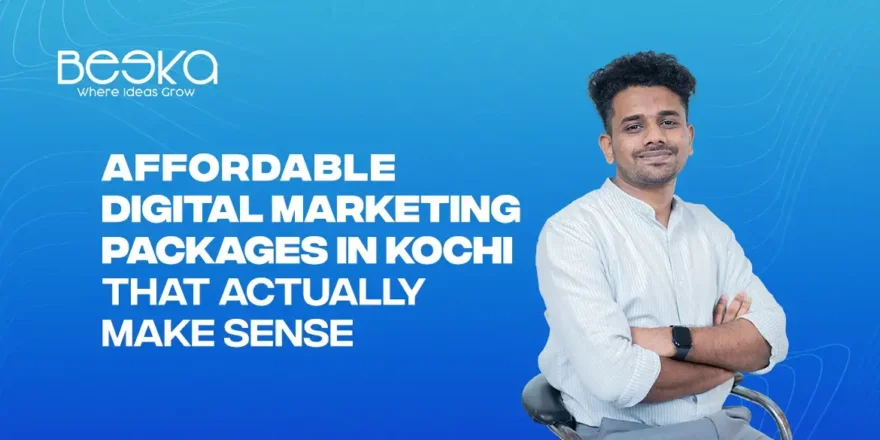If you are running a business today, you already know how much social media can affect your visibility. But here is the tricky part, these platforms never stay the same. One day you understand the rules, and the next day, a new feature or an algorithm change throws everything off balance.
Instagram is testing new posting formats almost every month. X (Twitter) keeps pushing updates around premium features and longer content. Threads is trying to find its place by adding tools to make conversations easier. For businesses, the real question is not “what is new,” but “how do we adapt without losing our voice?”
Let us break it down in simple words.
1. New Posting Formats: What They Mean for You
Platforms are no longer only about one type of content. Instagram started with photos, then moved into Reels, and now even testing Notes, collaborative posts, and new ways to remix content. X is pushing long-form tweets, audio spaces, and even payment integrations. Threads is slowly adding search, trending topics, and other community-based features.
What does this mean for businesses?
It means you cannot rely on just one format anymore. If you only post photos, you will miss people who prefer Reels. If you only write text updates on Threads, you will miss people who want visuals. The smarter approach is to use a mix, while keeping the core message consistent.
2. Algorithm Changes: Why Reach Feels Unstable
Every business owner has asked this at some point: “Why are fewer people seeing my posts?” The simple answer is algorithms.
Instagram, X, and Threads keep adjusting what shows up in a feed. Sometimes they push new features, like Reels on Instagram, which get extra reach. Sometimes they reduce the visibility of promotional posts so users do not feel spammed.
The mistake many businesses make is chasing the algorithm without understanding their audience. For example, just because Instagram is boosting Reels does not mean you should post random trending videos. The algorithm might give you reach, but if the content has no link to your brand, those views will not turn into customers.
The more stable approach is this: use the new features, yes, but always align them with what your audience cares about. Do not post for the sake of the algorithm; post for the people.
3. Analytics Updates: What to Track Now
Earlier, businesses used to look only at likes and followers. But platforms now give deeper insights – saves, shares, watch time, click-throughs, even sentiment in comments.
For Indian businesses, this is important. Because people may like your post casually, but if they are saving it or clicking to your website, that shows real intent. A small shop in Kochi or Delhi should not only measure “how many likes” but also “how many people messaged us after seeing the post.”
Another thing: don’t get lost in the data jungle. Pick 2–3 key numbers that really matter to your business. For a cafe, it could be how many people check the location from Instagram. For an online brand, it could be clicks to the website. Use the rest of the data as support, not as the main driver.
4. How Businesses Should Adapt
Here are a few practical steps you can take:
Experiment, but stay consistent. Try new formats when they roll out, but do not abandon your regular posting schedule.
Focus on conversations, not just broadcasting. Threads is literally built around conversations. Even on Instagram and X, engagement comes when you talk with people, not at them.
Create content in layers. A Reel can be cut into a shorter clip for X, while the same message can be adapted into a text post for Threads. This saves time and keeps your brand message consistent.
Listen to feedback. Your audience will tell you in the comments and DMs what they like. That is more valuable than any algorithm update.
Final Thoughts
Social media will keep changing. That is the only guarantee. Instagram will push new tools; X will experiment with features; Threads will keep trying to pull people in.
As a business, your job is not to chase every shiny new feature. It is to stay visible, stay useful, and stay connected to your audience, no matter how the platforms move.
The updates may look confusing at first, but if you treat them as opportunities to show your brand in new ways, they can actually work in your favour.
Because at the end of the day, people don’t remember platforms; they remember brands that speak to them clearly and consistently.






